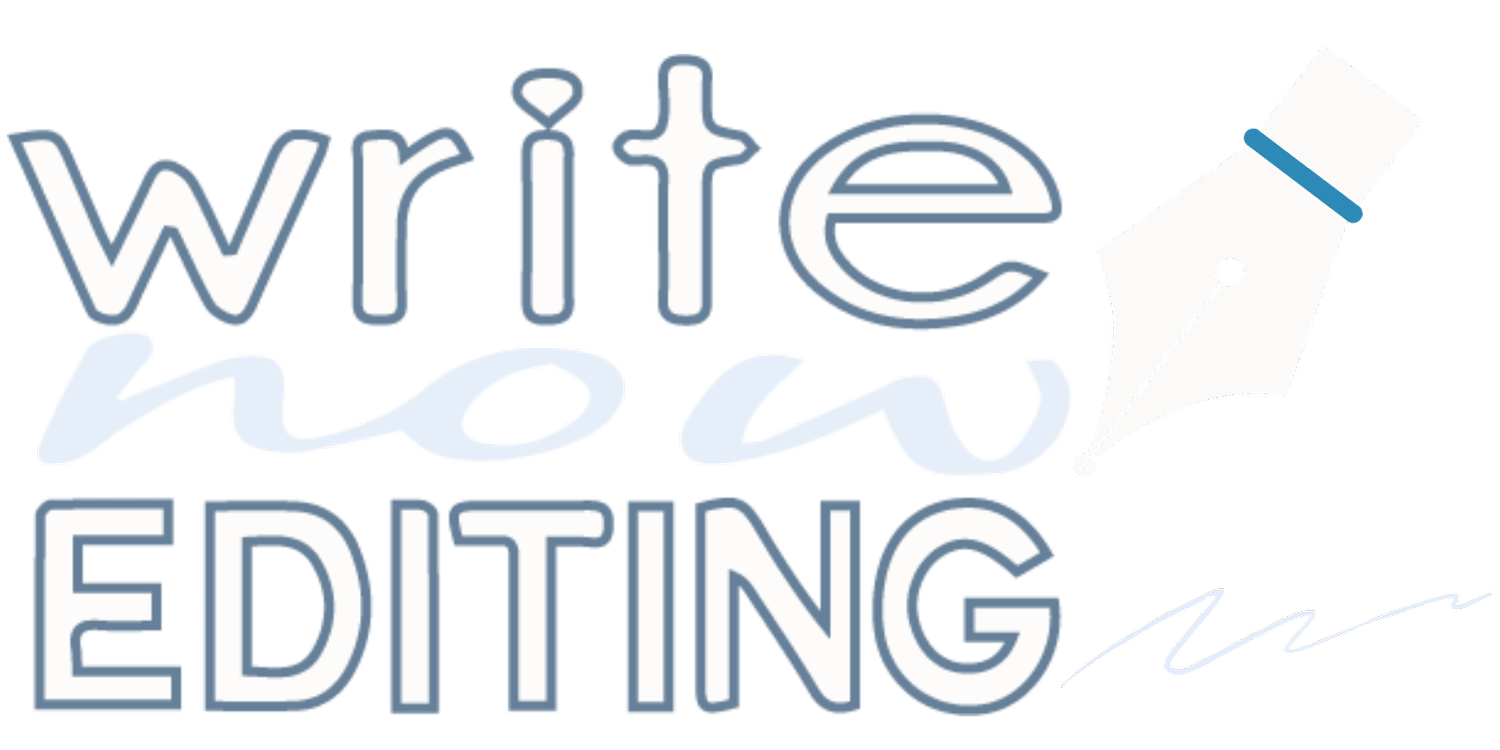Writing Tips: Jon Franklin
The new “nonfiction”—the adaptation of storytelling techniques to journalistic articles in the manner of Truman Capote, Tom Wolfe, and John McPhee—is an innovative genre that has been awarded virtually every Pulitzer Prize for literary journalism since 1979. And now Jon Franklin, himself a two-time Pulitzer Prize winner and undisputed master of the great American nonfiction short story, shares the secrets of his success. Franklin shows how to make factual pieces come alive by applying the literary techniques of complication/resolution, flashback, foreshadowing, and pace. He illustrates his points with a close analysis and annotation of two of his most acclaimed stories, so that the reader can see, step-by-step, just how they were created.
This lively, easy-to-follow guide combines readability and excitement with the best of expository prose and illuminates the techniques that beginning journalists—and more experienced ones, too—will find immensely helpful:
- Stalking the true short story
- Drafting an effective outline
- Structuring the rough copy
- Polishing like a pro
- And the tips, tools, and techniques that will put your stories on the cutting edge
With many years of fiction-writing experience behind me, I’ve been wanting to strengthen my nonfiction-writing skills. Someone recommended this book.
It’s a fascinating read full of amazing information. It’s also quite dated, as it was written in 1986. That doesn’t mean you shouldn’t read it, though. Just remember a few things as you read through it:
The universal truths Franklin discusses (the importance of structure, active writing, character developments, etc.) are universal–they still apply today. It doesn’t matter what you’re writing.
His process (note cards) can still work, but he wrote before computers existed. Use his information and apply it to your modern technique. (The same is true for the submission process.)
Read the last chapter. Realize the truth in it–Franklin and his successful contemporaries spent YEARS learning and practicing. Think about that.
I’m glad I read this book and would absolutely recommend it to anyone wanting to learn how to write feature stories or short nonfiction pieces.
As an Amazon Associate, I earn from qualifying purchases.

